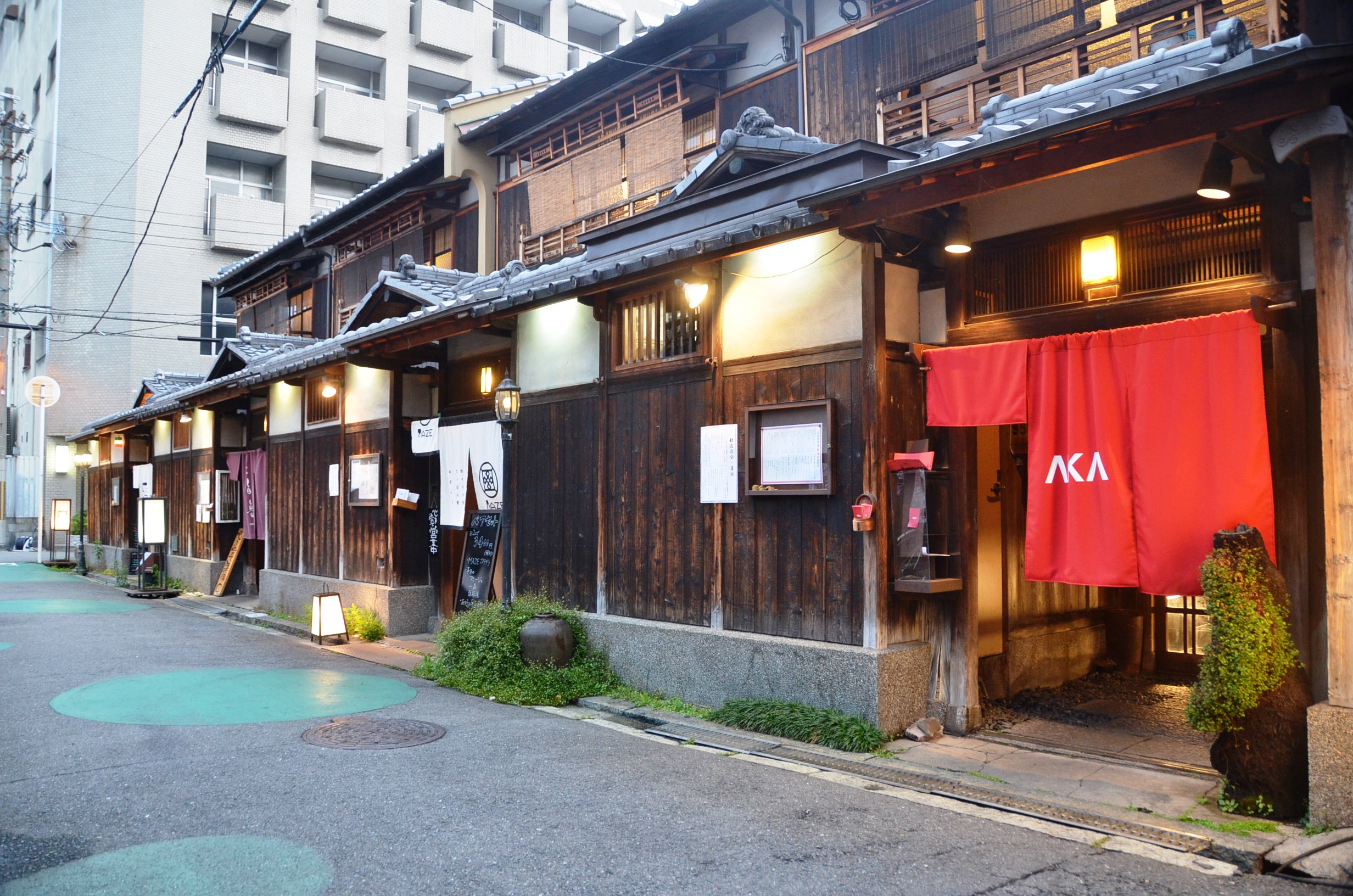Sumiyoshi-taisha was established in the year 211 on the present site of Sumiyoshi by the oracle of Sumiyoshi-daishin (three deities: Soko-tsutsu-no-mikoto, Naka-tsutsu-no-mikoto and Uwatsutsu-no-mikoto) on the way back from the expedition to Silla by Empress Jingu, the wife of the 14th Emperor Naka-ui. Later, Empress Jingu was also enshrined here, and the shrine was called Sumiyoshi Shisya Daimyojin. According to the Engi classment, the shrine is listed as a Meishin-taisha, one of the “twenty-two shrines”, a Settsu Province Ichinomiya, and a Kan-nin-taisha. At present, it is the headquarters of more than 2,300 Sumiyoshi Shrines in Japan.
On site, the four main shrines enshrine Sumiyoshi-daishin and Empress Jingu. The first, second, and third shrines are vertically aligned, while the third and fourth shrines are horizontally aligned, this disposition is said to be representative of the oldest type of disposition.
The main hall, known as Sumiyoshi-zukuri, is one of the oldest in the history of shrine architecture, and all four shrines are designated as national treasures. The existing main hall was built in 1810. The roofing is made of cypress bark and is gabled. The interior is divided into two sections, the outer and inner sanctuaries, with vermillion red painted pillars and white painted walls (powdered calcium carbonate).
In front of each of the main shrines there is a Watadono (covered gallery) and a Heiden (open entichamber), both of which were built in 1810. All four of these buildings are designated as Important Cultural Properties of Japan.
The shrine is also home to a number of other cultural assets, including: The Shinto building built in 1915, which is a nationally registered tangible cultural property. The Sumiyoshi Torii, as seen in the Sumiyoshi-taisha Wakamiya Hachimangu Torii (Registered Cultural Property, 1907), is a unique form of torii, using square pillars, with the Nuki (traverse) flush to the pillar, and a supperpositon of flat Shimaki and Kasagi(upper pieces of the Torii). The main hall and the hall of worship of Kusunobu Junja (both registered cultural properties). A subsidiary shrine of Sumiyoshi-taisha, is said to have been the central shrine for the Hatsutatsu mairi (New Year’s visit), and to have developed into a Shinto shrine. Today, the shrine is popularly known as “Hattatsu-san”, and on the day of the first “Hattatsu” of each month, it is the centre of the “Hattatsu-mairi” festival, attracting many worshippers. |










